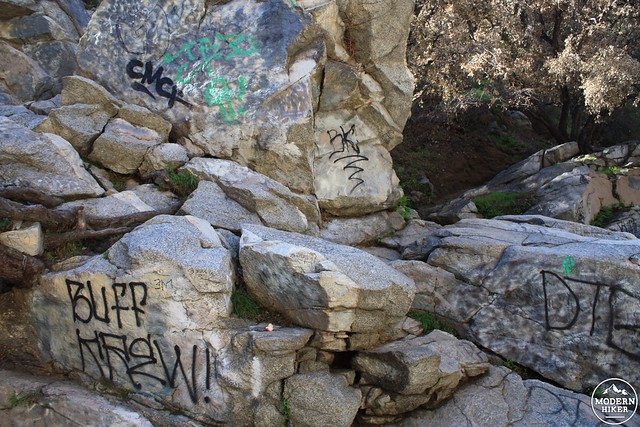Following the trend of many Presidents before him, President Obama has been using the authorities granted in the Antiquities Act to establish and expand new National Monuments all over the country.
When the President established the San Gabriel Mountains National Monument last year, it was the 13th time he use the Antiquities Act to increase protected areas in the United States. As of the end of 2014, Obama had protected more than 260 million acres of land and water in this way, more than any President since Theodore Roosevelt. Roosevelt signed the Antiquities Act into law in 1906 and protected approximately 230 million acres.

President Obama signing the San Gabriel Mountains National Monument into existence. Photo by the City Project.
Today, President Obama continued the trend and set an amazing precedent for outdoor education. In remarks planned for later this afternoon, he will name two additional historical monuments and one new outdoor monument. Chicago’s Pullman National Monument preserves the country’s first planned industrial town and has historic importance for the nation’s labor movement; Hawaii’s Honouliuli National Monument highlights an oft-overlooked chapter in our history books by preserving a Japanese Internment Camp near Pearl Harbor (for a closer piece of this history, Manzanar National Historic Site is a stunning example); and Colorado’s Browns Canyon National Monument is a new 21,000 acre monument popular with hikers, hunters, and fishermen.
The President will also lay out a new initiative called Every Kid in a Park, which aims to get every single fourth grader in the country into a National Park, Forest, Monument, or Preserve. The President’s 2016 budget includes an additional $45 million for youth engagement programs in lands managed by the Department of the Interior, including $20 million specifically earmarked for the National Park Service. The badly-needed additional funding will pay for dedicated youth coordinators in these parks, and transportation for 1 million fourth-graders from low-income areas to National Parks. And the best part? All fourth grade students and their families get free admission to all National Parks and other federal lands and waters for a full year, starting with the 2015-2016 school year.
We like to think of it as “No Child Left Indoors.”
More than 80 percent of American families now live in urban areas and – as we know here in Los Angeles – not every neighborhood has access to green space. We just wrote about Nature Deficit Disorder and technology detoxing in our post about the new CaliParks app, and it’s been noted that young people are especially prone to spending less time outdoors and more time engaged with screens. A 2010 study by the Kaiser Family Foundation found that young people are now spending an average of over seven hours a day on electronic media. That adds up to about 53 hours a week – which, as the study notes, is more than a full time job.

Here at Modern Hiker, we strongly believe this is a step in the right direction. We believe that when people experience the outdoors – whether it’s a quick stroll in Franklin Canyon or an epic multi-day backpacking trip – their lives are immeasurably bettered. Not only can you get good exercise, but recent studies have found that simply being outdoors can increase your focus, combat depression, lower blood pressure, and even redefine a person’s outlook by increasing altruism and sense of community. Beyond a person’s physical and mental health, those benefits also extend back to the land itself – people who have experienced the joy of being outdoors are much more likely to take actions to protect and improve those lands.
Here in Southern California, we’ve been seeing the effects of a large urban population on scant natural resources for generations. It seems like especially now, as more people visit places like the San Gabriel Mountains, the outdoor spaces we love are suffering from overuse. Litter lines canyons, cutbacks and use-trails erode protected slopes, and graffiti seems to be an ever-present problem – especially in high-use areas.
This, we believe, is (at least) a three-part problem. First, the parks suffer from perennial underfunding, leaving trails unmaintained and trash uncleaned. This underfunding also means that there aren’t enough rangers on duty to enforce rules and laws and punish those who don’t follow them. But the third problem is one of under-education. People who don’t know why a place is protected or how to leave no trace may not know how to behave properly in a natural setting – or may not know enough to care.
The first two can really only be solved by demanding action from Congress (and good luck with that right now) – but education, and especially a universal education, is something we believe is going to have a profound effect on our parks and communities as these children take lessons and inspiration back home from the parks with them. Maybe they’ll know not to deface our parks and green space. Maybe they’ll be inspired to volunteer or create their own pocket parks. Maybe by the time they become voters, they’ll even demand their legislators value and support our existing system of public land.
Wouldn’t that be a refreshing change of pace?
Featured photo by David Craig, used via Creative Commons.
Tags: department of the interior, education, every kid in a park initiative, funding, national monuments, public lands

